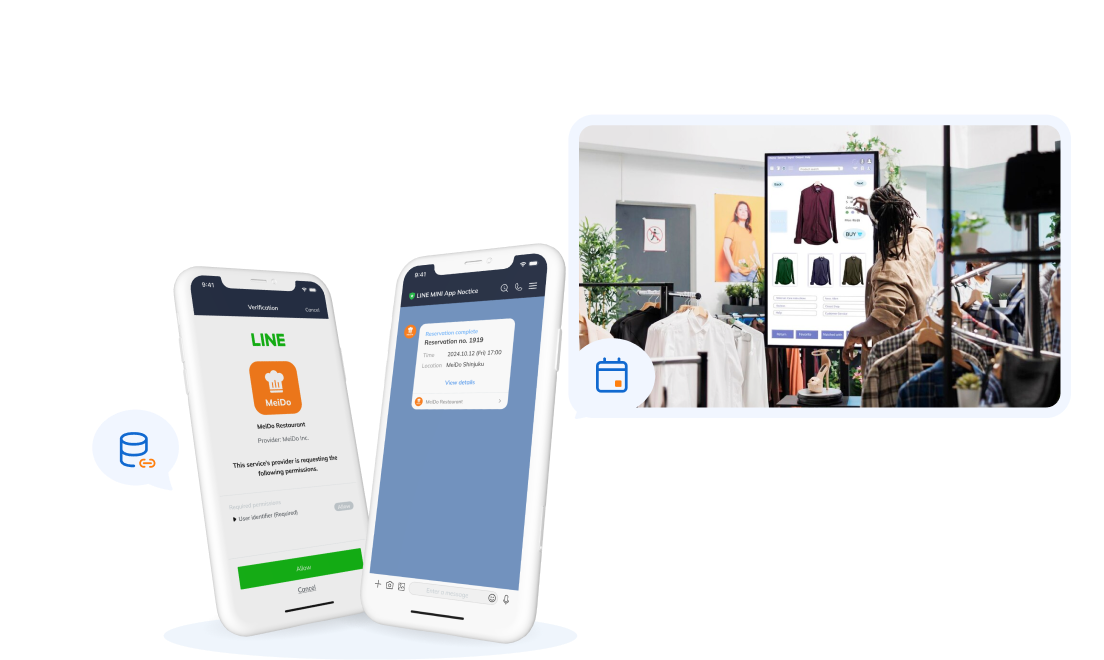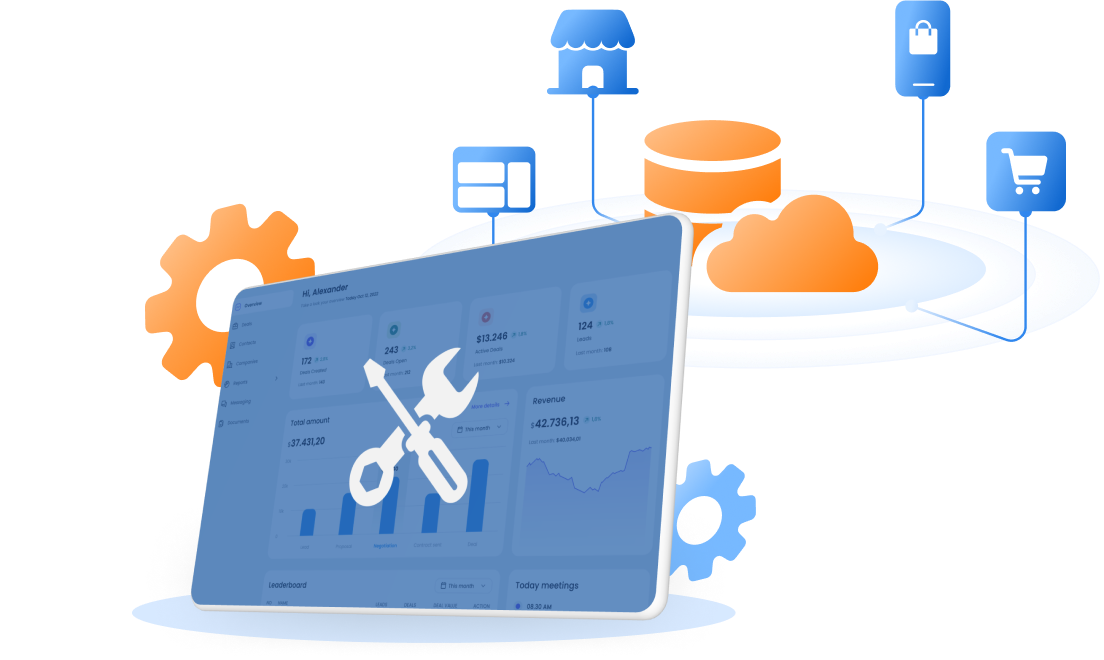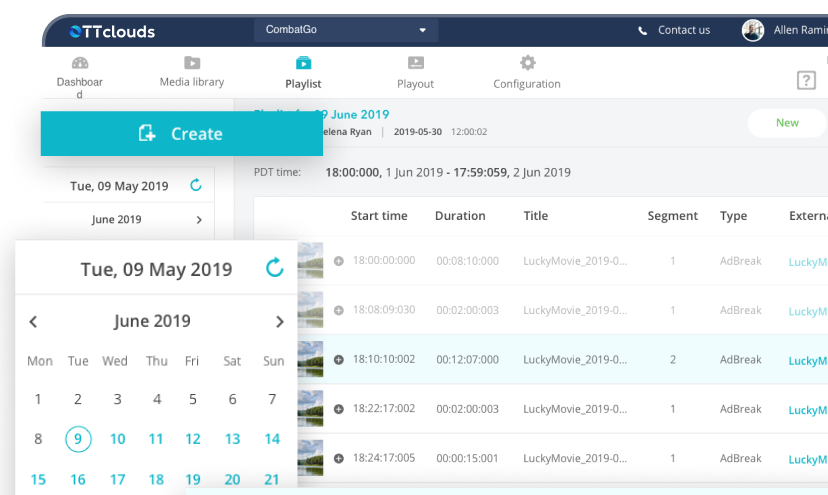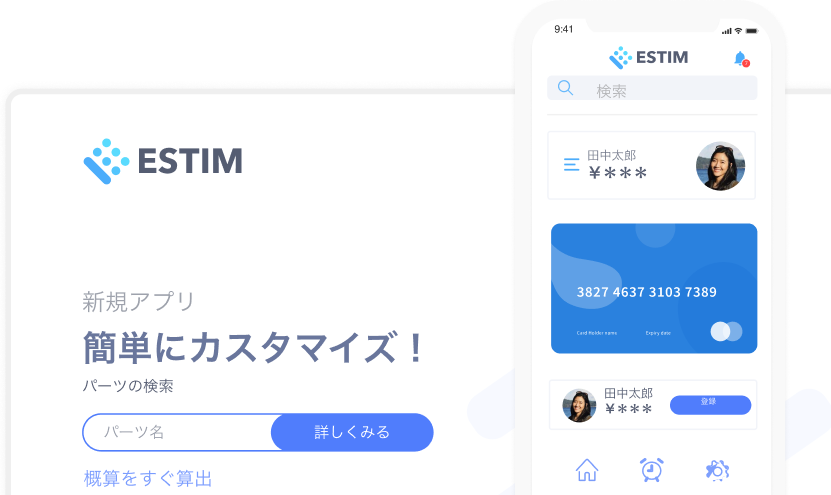Shopify Custom App to Streamline Loyalty Data Pipeline of A Luxury Jewelry Brand
Challenges of unifying fragmented loyalty programs in luxury retail. SupremeTech partnered with a top Japanese jewelry brand to build a custom Shopify app for seamless omnichannel loyalty experiences.
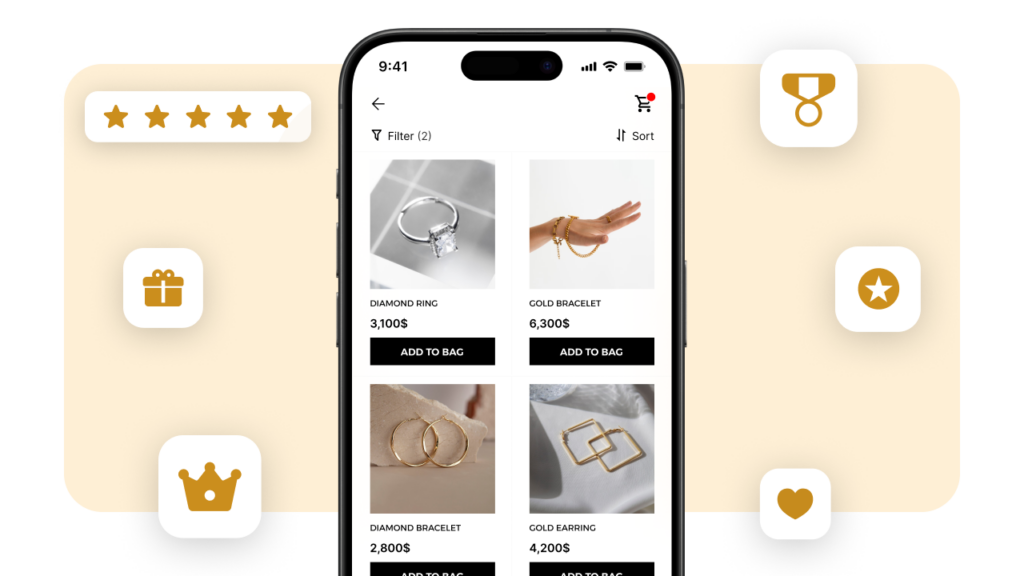
SupremeTech partnered with a top Japanese jewelry brand to build a custom Shopify app for seamless point-based loyalty experiences across Shopify stores and offline POS. This case study also shows SupremeTech’s deep understanding of the Japanese loyalty program culture and its vital role play in everyday life here.
Project Overview
A luxury jewelry retailer in Japan, with two separate sales channels and customer databases, partnered with SupremeTech to bring everything together on one Shopify platform. Their challenge was that customer and loyalty data were scattered across online and offline channels, making it hard to utilize data to deliver a consistent loyalty experience.
Additionally, Shopify is a global platform from Canada, its standard features weren’t made to handle this level of complexity. Shopify does not provide a built-in point-based loyalty program, nor does it natively integrate with Japan’s national point networks such as T-Point, D-Point or Rakuten Point.
To deliver the experience Japanese customers expect, SupremeTech built a custom Shopify app and renewed the point system to collect and process data from both touchpoints. Enabling the retailer to reward customers seamlessly and strengthen engagement and to match local cultural expectations.
Before jumping in the case, let’s go through the context first.
The Cultural Complexity of Japan’s Point System
In Japan, loyalty points are treated like money. In fact, the loyalty point love is so strong in Japan that there is a word for the very act of point hunting: poi-katsu (ポイ活). Points can be redeemed across a wide range of stores and digital services, some even invest points. “Invest points” (ポイントを投資する / ポイント投資) refers to using accumulated reward points to invest in financial products, such as stocks, mutual funds, or cryptocurrency. Instead of just redeeming points for shopping discounts or goods, you can allocate them in actual investment markets through participating services.
In 2025, the Japanese loyalty programs market is valued at nearly USD 3.9 billion, and is expected to reach more than USD 6.2 billion by 2029. This growth is fueled by digital innovation, cross-industry alliances, and the integration of loyalty with cashless payment systems.
Consumers are accustomed to using points in daily life. Many Japanese check campaigns before shopping, delay purchases until “double point days” to maximize rewards. Some even choose which store to visit based on point offers rather than price.
For Japanese consumers, points already function like cash, and for businesses, the stakes are equally high. Therefore, delivering accurate, seamless point experiences is a competitive necessity in a market worth billions and still expanding rapidly.
What Drives A Successful Point Experience?
Whether brands integrate with national point networks or build their own point system, customers expect a consistent experience wherever they make a purchase. Winning brands are those who put customers’ interests first and utilize customer data to craft personalized journeys.
The question is how. A successful point experience in retail isn’t just about giving lots of points. It’s mainly achieved through smart system design. Given the characteristics of the Japan market, two factors stand out: omnichannel integration and uninterrupted data pipeline.
Firstly, omnichannel integration makes earning and redeeming points feel effortless, especially for brands who sell online and offline. Imagine customers are allowed to earn points through every transaction channel:
– In-store POS systems: scan membership card, phone number, or app QR code
– E-commerce platforms: auto-credit points after checkout
– Mobile apps: use points at checkout
This builds trust and habit, because customers know no purchase is “wasted” and they’ll always get points.
Secondly, on the backend, a well-structured customer data pipeline provides the invisible infrastructure that ties all customer interactions together across channels. Basically, the system allows brands to track points consistently across all channels and analyze omnichannel customer journeys.
At the end of the day, with all the data collected and unified in one place, brands are empowered to make data-driven decisions on offers, pricing, product placements, etc.
Challenges from Fragmented Customer Data of a Giant Luxury Brand
As the client connected loyalty points across these channels, several obstacles appeared:
– Shopify does not provide native support to manage or merge external loyalty systems, nor to synchronize custom point logic.
– Two sales channels had different logic, point structures, and customer tiers.
– There was no Shopify-native mechanism to import, map, or reconcile points across channels.
– Manual processes were time-consuming and introduced risk of data inaccuracies, which could harm customer trust and brand equity in the luxury segment.
These challenges became even more complex in Japan, where the point-based loyalty program is a cultural norm and customer expectations are much higher than in other markets.
Solutions

Custom Shopify Private Function and App
Built a custom private Shopify app to handle loyalty point synchronization and enhance point calculation system that serves customers online and in stores. The app enables a smooth loyalty data pipeline that allows the marketing team to make transformational loyalty programs and drives sales growth.
Renewal of Point System: Handled both logic & mechanism
We analyzed the existing system, mapped tier rules, expiration models, and redemption logic, and built a unified, rules-based system that could scale.
We also developed a batch sync process to ensure accurate, regular updates to the loyalty data collected from online and offline channels.
Point Linkage and Omnichannel Sync
Ensured the solution worked across both online Shopify storefronts and offline POS systems, maintaining a consistent and transparent experience for customers. No matter the touchpoint customers have with the brand, they enjoy the same experience with collecting and using points.
Business Impact
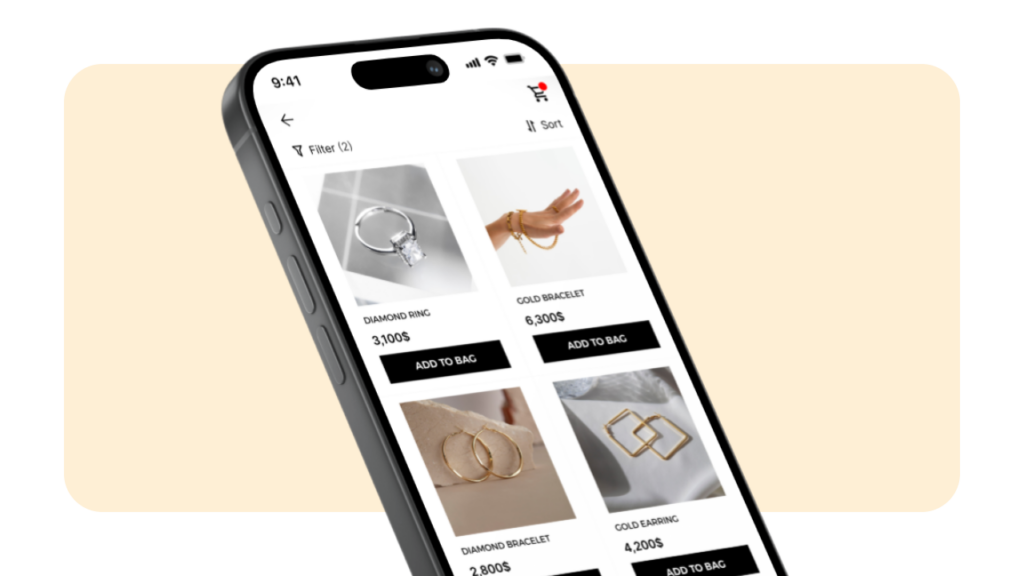
SupremeTech’s solution created real changes for the client. By delivering a system that gets point calculations right, synchronizes flawlessly across online and offline channels, and removes manual delays and errors. Here are the main business impacts:
– Customers began seeing their points update immediately and correctly, both in-store and online. That consistency boosted repeat visits and average order value, because shoppers trusted that their loyalty was recognized everywhere.
– The marketing team was able to launch more frequent, creative discount and reward campaigns with confidence, no longer held back by technical limitations or reconciliation struggles.
– Because points no longer disappeared or were delayed, customer complaints fell, which protected brand reputation which is a big deal in luxury retail.
Though we don’t have the client’s exact revenue figures to share, the industry benchmarks suggest loyalty members can spend 15-25% more per year than non-members. Therefore, you can see that improving loyalty operations isn’t just a technical improvement, it becomes a direct lever for sustainable growth in revenue.
Key Takeaways for Digital Leaders in Luxury
Point-Based Loyalty Matters For Luxury Brands
In luxury retail, loyalty is an essential part of brand identity. Customers expect custom care, recognition and convenience in boutiques, online stores, and every touchpoint. Even small inconsistencies, such as missing points or unrecognized status, reduce perceived exclusivity, increase operational strain, and can lead to loss of VIP customers.
Customer-Centricity Starts with Data
You cannot take good care of your customers if you do not know who they are and their behaviors. Therefore, preserving customer data is the backbone of any long-standing retail empires.
With a scalable and secure data sync in place, you can pursue real-time loyalty updates, personalized offers based on tiered profiles, and integrated boutique experiences connected to digital behaviors.
There will be countless creative ideas you can think about to encourage repeat purchases. All powered by a well-designed data pipeline.
Operational Alignment Is Critical
Digital transformation requires close coordination among marketing, IT, and store operations, not built-in features alone. SaaS or prebuilt products can support early stages, however growing brands often require custom development to deliver unique experiences across online and offline channels.
Conclusion
This project demonstrates that a unified loyalty system is essential for retailers that operate across physical and digital channels. By implementing a Shopify custom app, SupremeTech streamlined loyalty operations, preserved customer trust, and set a strong base for scalable loyalty innovation.
Ready to build a customer data pipeline?
Explore how SupremeTech helps your brand deliver seamless customer experiences with custom development and data pipeline management.

Technology and Delivery
- Platform: Shopify Plus
- Infrastructure and Architecture: Serverless
- Language: TypeScript, NodeJS
Team Structure, 6 MM x 5 months
- Project Manager 0.25
- Project Tech Lead 0.5
- Business Analyst 0.5
- Infra Engineer 0.25
- Backend Lead 0.5
- Backend Dev 1.5
- Frontend Engineer 1
- Quality Control 1
- Comtor 0.5





